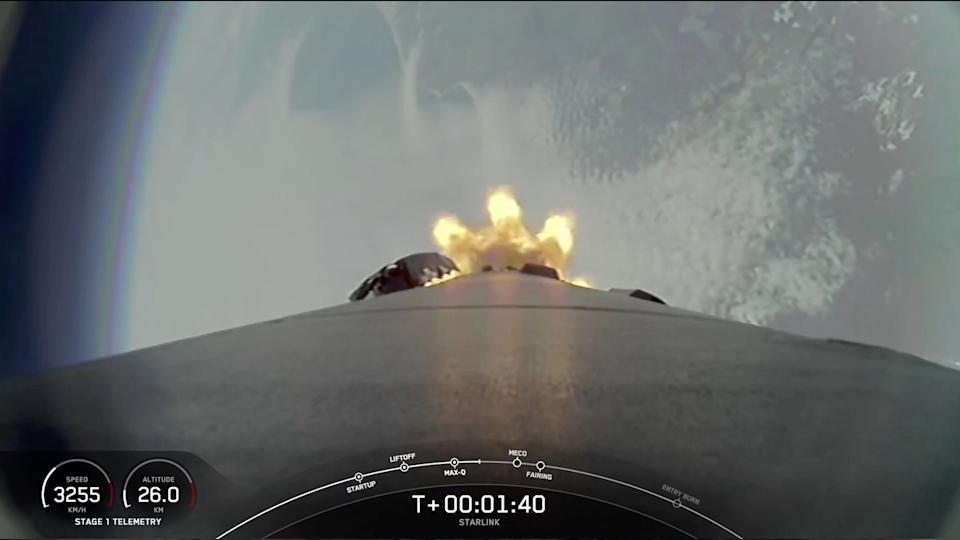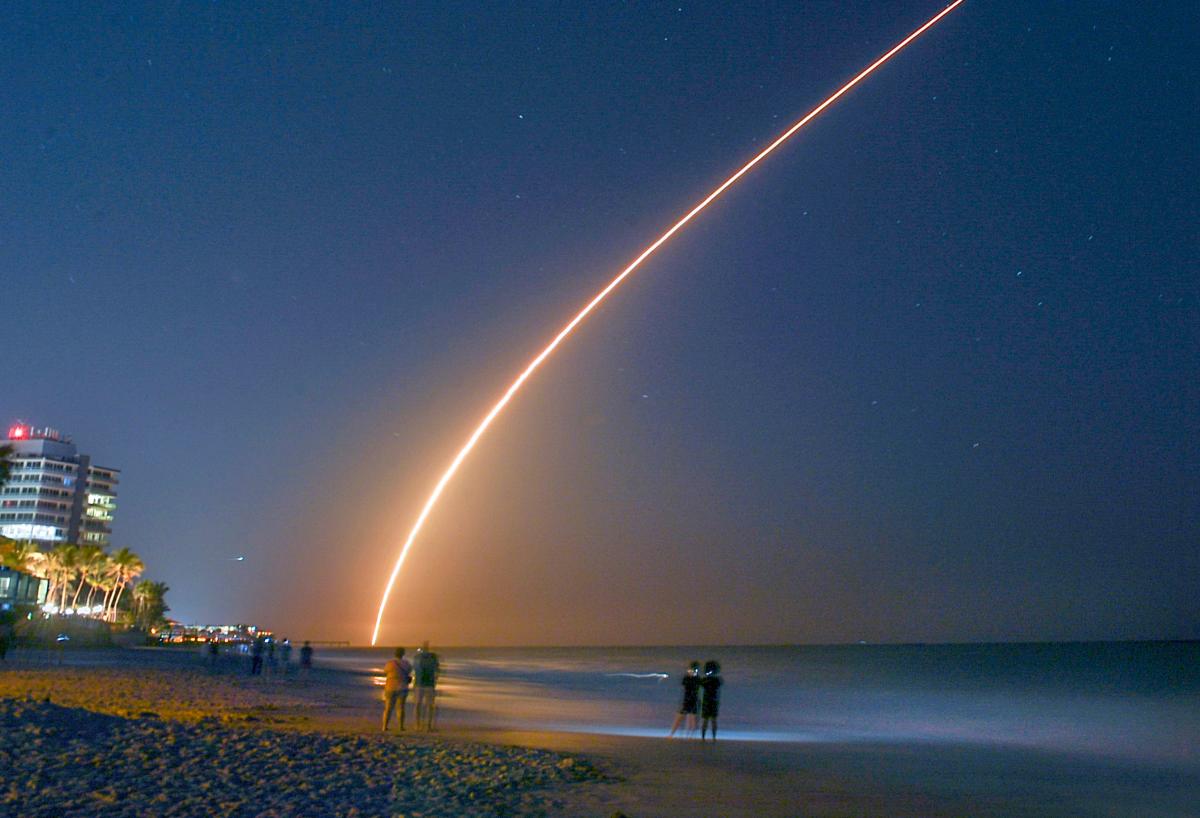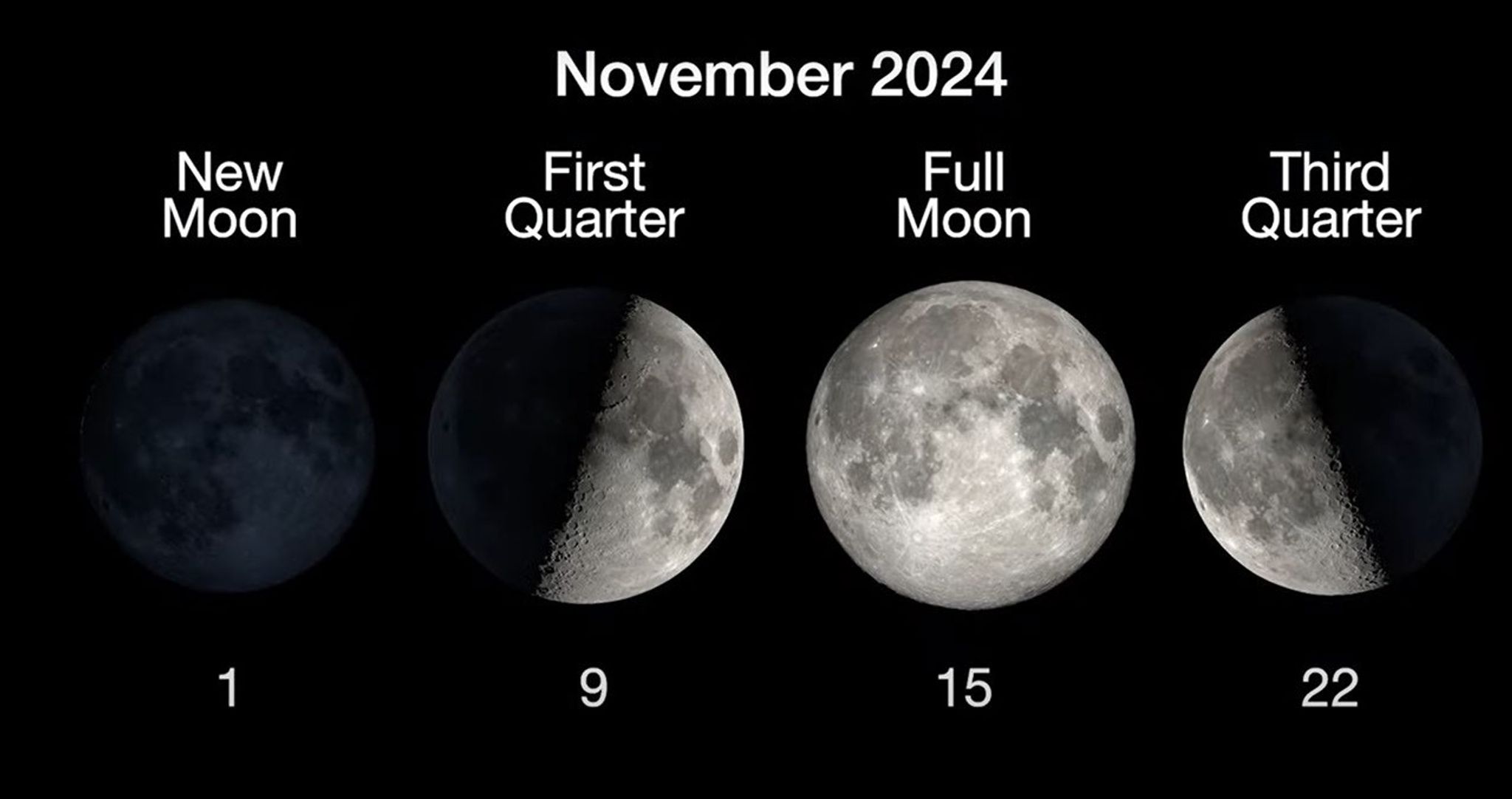On April 3, 2025, SpaceX, the aerospace company founded by Elon Musk, successfully launched 27 Starlink V2 Mini satellites into low Earth orbit (LEO) using a Falcon 9 rocket. This launch not only strengthens SpaceX’s growing satellite internet network but also demonstrates the company’s continued commitment to advancing global connectivity and reusable spaceflight technology.
This article delves deep into the details of this mission, explores the technology behind the Starlink V2 Mini satellites, highlights the capabilities of the Falcon 9 rocket, and analyzes the broader implications of the Starlink project on global internet coverage and the space industry at large.
The Launch: A New Milestone in Satellite Deployment
The Falcon 9 rocket lifted off from Vandenberg Space Force Base in California at precisely 3:54 p.m. PDT. This launch was significant for several reasons. It marked the 25th Starlink mission of the year and represented one of the largest West Coast deployments of the new V2 Mini satellites to date.
Just minutes after liftoff, the Falcon 9’s first stage separated and returned safely to Earth, landing smoothly on the autonomous droneship positioned in the Pacific Ocean. The success of this landing highlights SpaceX’s continued mastery of rocket reusability—a key component of its cost-effective spaceflight strategy.
The deployment of all 27 satellites into their designated orbit was confirmed shortly after the launch, signifying yet another flawless execution by the SpaceX mission control team.
What Are Starlink V2 Mini Satellites?
The Starlink V2 Mini satellites are the next evolutionary step in SpaceX’s mission to create a global broadband internet network. These new-generation satellites are substantially more advanced than the earlier V1.0 and V1.5 versions.
Key Features of V2 Minis:
-
Increased Bandwidth and Coverage:
Each V2 Mini satellite boasts a larger communications payload, offering significantly more bandwidth per satellite. This means fewer satellites can now cover more ground, boosting the efficiency of the entire constellation. -
Enhanced Propulsion System:
These satellites are equipped with an improved argon Hall thruster system for orbit-raising, station-keeping, and deorbiting maneuvers, ensuring better fuel efficiency and longer lifespan. -
Heavier and Larger:
At approximately 800 kg (1,760 pounds) per satellite, the V2 Minis are nearly three times heavier than their predecessors, which weighed about 260 kg. Their larger size allows for improved technology and antenna systems. -
Laser Links:
A major upgrade in V2 Minis is the incorporation of inter-satellite laser links. This allows the satellites to communicate directly with one another, reducing reliance on ground stations and significantly lowering latency, especially in remote or oceanic areas.
Why the Vandenberg Launch Site Matters
While many SpaceX launches originate from Cape Canaveral in Florida, the Vandenberg Space Force Base on the West Coast plays a strategic role in missions to polar and sun-synchronous orbits. These orbits are ideal for Earth observation, imaging satellites, and certain communication satellite constellations like Starlink, especially when targeting specific latitude coverage.
The successful deployment of 27 Starlink satellites from Vandenberg showcases SpaceX’s flexibility and its growing infrastructure that supports simultaneous operations across both coasts of the United States.
The Falcon 9: Workhorse of the Space Industry
The Falcon 9 rocket used in this mission is a two-stage, partially reusable rocket that has become the backbone of SpaceX’s launch fleet. Known for its reliability and cost-effectiveness, the Falcon 9 continues to set records in terms of launches, landings, and reuse.
Features of the Falcon 9:
-
Nine Merlin Engines on the first stage provide 1.7 million pounds of thrust.
-
Reusable First Stage capable of vertical landings on both land and sea droneships.
-
Payload Capacity to LEO of over 22,800 kilograms.
-
Autonomous Flight Termination System (AFTS) that ensures safety in the event of anomalies.
The success of the latest mission adds to Falcon 9’s legacy of over 250 launches, many of which reused first-stage boosters multiple times—some as many as 19 or 20 times.
Starlink’s Vision: Internet for All
Starlink is SpaceX’s ambitious satellite internet project aimed at providing high-speed, low-latency broadband internet access to underserved and remote areas across the globe. The idea is simple but revolutionary: deploy thousands of low Earth orbit satellites to create a mesh network that blankets the planet with internet coverage.
As of April 2025, SpaceX has launched over 6,000 Starlink satellites, including V1.0, V1.5, and now V2 Mini models. The total number is expected to grow significantly, with approvals to launch tens of thousands more in the coming years.
The V2 Mini series bridges the technological gap between the original Starlink satellites and the upcoming full-scale Starlink V2 satellites, which are expected to be launched using the next-generation Starship rocket once operational.
Global Impact and Accessibility
One of Starlink’s core goals is to eliminate the digital divide by delivering internet to rural and hard-to-reach areas where traditional fiber-optic cables and cellular networks are economically impractical.
With the new V2 Mini satellites, SpaceX can serve more users with faster speeds and lower latency, making the service more attractive to businesses, educational institutions, governments, and emergency services in remote regions.
Starlink internet is already operational in over 70 countries and continues to expand. The improved capabilities of the V2 Minis will also make it easier to support mobile terminals, such as those on ships, airplanes, and RVs.
Challenges and Controversies
Despite its many advantages, the Starlink project has faced criticism and challenges:
-
Astronomical Interference: Astronomers have raised concerns over satellite brightness and the impact on ground-based observations. SpaceX has responded by adding visors and other darkening treatments to reduce reflectivity.
-
Space Debris Concerns: With thousands of satellites in orbit, there’s an increased risk of collisions. SpaceX claims to have implemented autonomous collision-avoidance systems and plans deorbiting processes to mitigate this.
-
Regulatory Hurdles: Some countries remain skeptical or resistant to allowing foreign-controlled satellite internet systems due to sovereignty, security, or competitive concerns.
However, SpaceX continues to engage with regulators, scientific bodies, and industry partners to address these issues responsibly.
Looking Ahead: Starlink V2 and Starship
The V2 Mini satellites are a stepping stone toward a larger vision. The full-sized Starlink V2 satellites, which will be significantly larger and more powerful, are designed to launch aboard SpaceX’s Starship rocket. Starship, currently in the testing phase, will allow for the deployment of up to 120 V2 satellites in a single launch—something not feasible with the Falcon 9.
This evolution will enable Starlink to provide even better service, including direct-to-cell phone capabilities, higher throughput, and expanded coverage zones.
Conclusion
The launch of 27 Starlink V2 Mini satellites aboard a Falcon 9 rocket from Vandenberg Space Force Base is a powerful demonstration of how far SpaceX has come in its quest to reshape the global internet landscape. By continuously upgrading its satellite technology and improving its launch capabilities, Elon Musk’s space enterprise is not just pushing the boundaries of innovation but also working to make a tangible difference in people’s lives around the world.
With the groundwork laid by missions like this, SpaceX is well-positioned to lead the future of global connectivity, one satellite at a time. Whether you’re on a remote island, in a rural farming village, or flying 35,000 feet in the air, the dream of being connected everywhere is becoming a reality—thanks to the Starlink constellation and the rockets that put them there.



